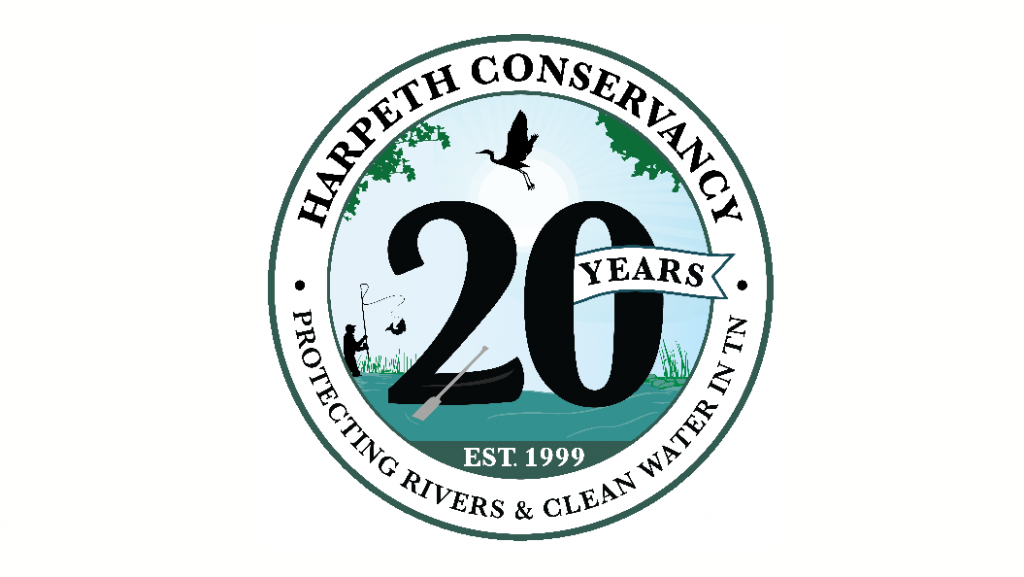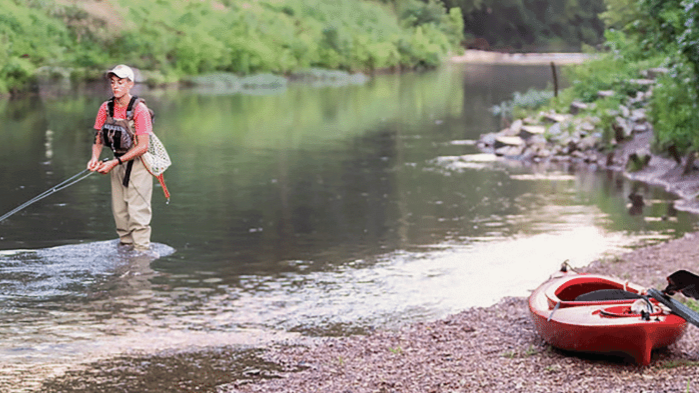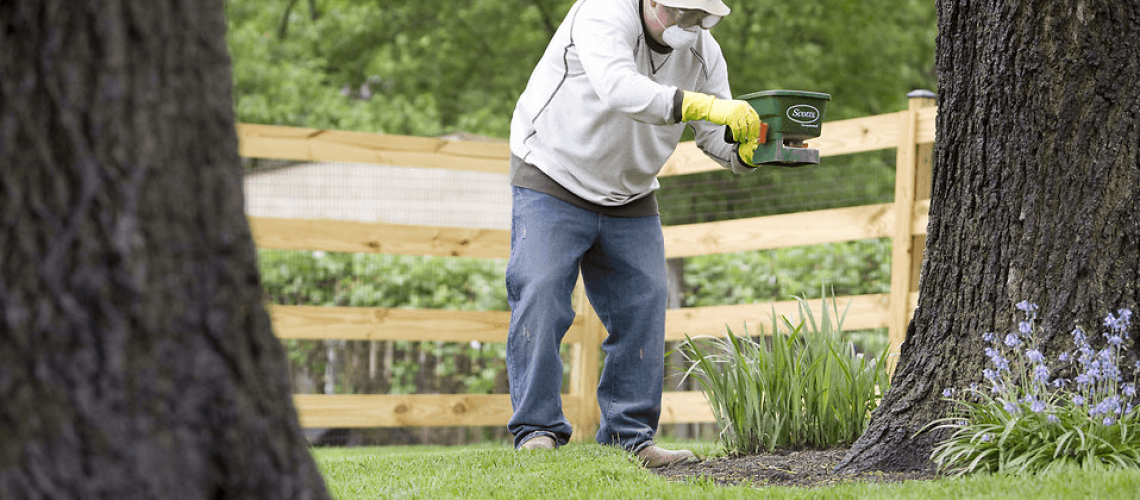By Brian Conner
Healthy, green grass is a sign of a homeowner’s labor of love, and when it comes to your yard, you want it to be perfect. Mowing, weeding, fertilizing, edging and aerating are parts of the package. It’s possible to care for your lawn and preserve the environment when fertilizing your Tennessee lawn.
Grass Types and Soil pH
Warm-season and cool-season grasses both grow in Tennessee, so chances are your yard has one (or more) of these types:
- Cool-season grasses: Kentucky bluegrass, ryegrass, and fescue
- Warm-season grasses: Bermudagrass and Zoysia.
Knowing the type of grass in your yard is important for choosing the right products.
Soil Acidity and Testing
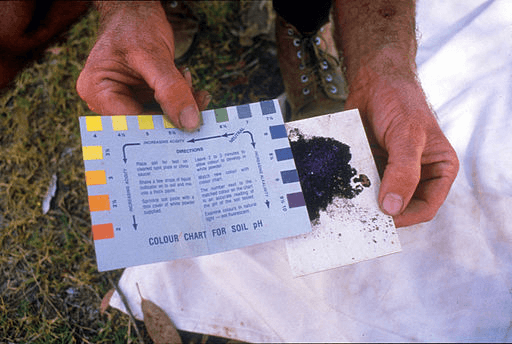
Soil acidity is measured on a scale called pH. The scale is from 0 to 14. A soil pH of 7.0 is neutral; above that is alkaline. Below 7.0, the pH is acidic. If you haven’t tested your soil, you should make that your first step before using any kind of fertilizer or soil amendment. Recent soil tests in Williamson county showed phosphorus levels in the majority of lawns are too high, so there’s no need to fertilize – at least not with fertilizers containing phosphorus.
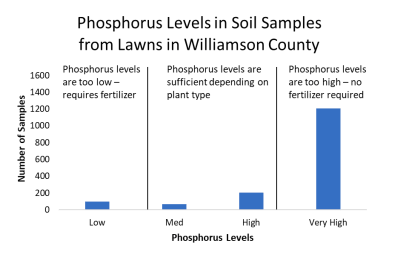
Soil testing kits are available in garden stores, or you can send samples to the University of Tennessee Extension office.
Fertilizers
Natural fertilizers are the way to go for soil management. They’re organic products which are animal or plant-based. Organics include manures, leaves, compost, wood chips, grass clippings, and whatever else that decomposes on its own. Fertilizing and management are important for supplying grass with nitrogen, phosphorus, and potassium (NPK). Store-bought fertilizers and weed killers are organic or synthetic (sometimes called “inorganic”). Natural fertilizers are often marketed as “slow-release,” or “natural organic.” Fertilizer ratio is a three-part figure that measures nutrient percentages of nitrogen, phosphorus, and potassium. For example, a 6-12-12 chemical mixture breaks down to 1-2-2. (1 part nitrogen, 2 parts phosphorus, and 2 parts potassium). The soil pH will determine the best NPK ratio for your lawn. Fertilizer with an NPK of 20-0-5 is best for lawns in Williamson County.
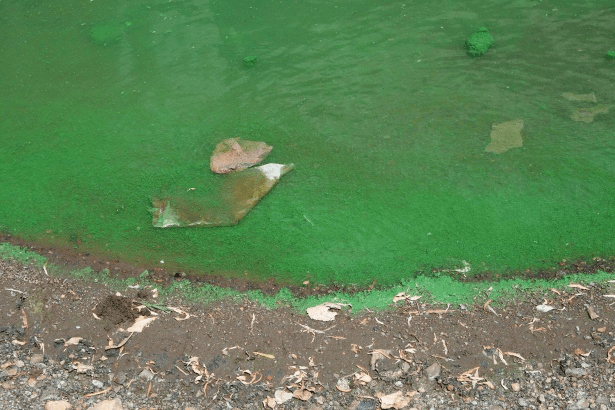
Some synthetic chemical fertilizers — especially the wrong mixture — can burn the grass. While inorganic chemicals do make the grass greener, they can also damage the environment with rainfall and sprinkler runoff that enters streams and waterways. The use of synthetic fertilizers can also result in those chemicals entering wastewater treatment facilities. These harsh chemicals can sicken or kill wildlife. Mulched grass clippings and leaves keep your grass strong and happy, while not sending strong chemicals into nearby sewers.
Nutrient Pollution
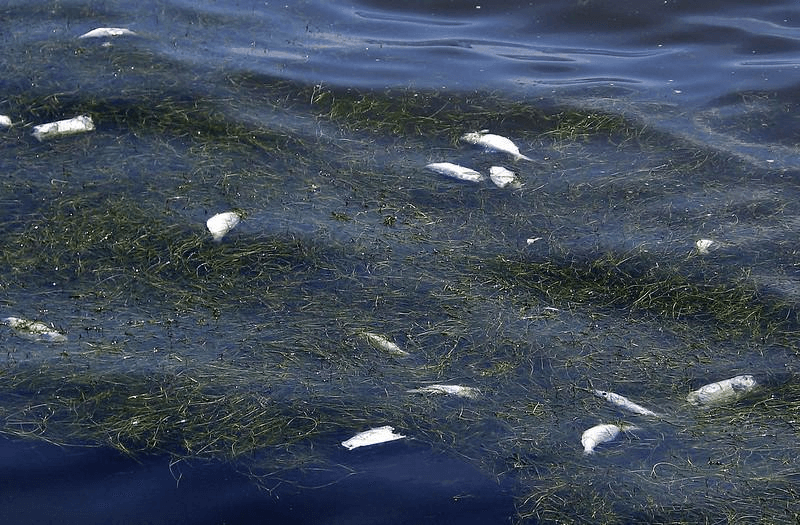
Fertilizers do impact the environment. Too much nitrogen and phosphorus cause excessive algae growth (or algal blooms) in bodies of water — especially ponds, lakes, rivers, and streams that eventually flow into the ocean. The algae blooms create toxins that are harmful to fish and people. Nutrient pollution leads to low oxygen levels in the water. Algae need warm temperatures and sunlight to survive. When large algal blooms die-off, oxygen is consumed during the decomposition process resulting in dangerously low levels of oxygen in water. Areas with low oxygen levels are “dead zones” that kill off fish and other marine life.
Nutrient pollution through rainfall, melting snow and excess hydration also occurs when nitrogen and phosphorus wash into waterways from farmland and agricultural areas.
When fertilizing your Tennessee lawn, either with natural or organic products, use a broadcast spreader for equal distribution. You can push it by hand or attach the device to the back of a riding lawnmower. Apply liquid fertilizers with a hose-end sprayer. Liquids are more of a challenge: If they’re not spread properly, the chemicals may burn grass and foliage. Follow package directions.
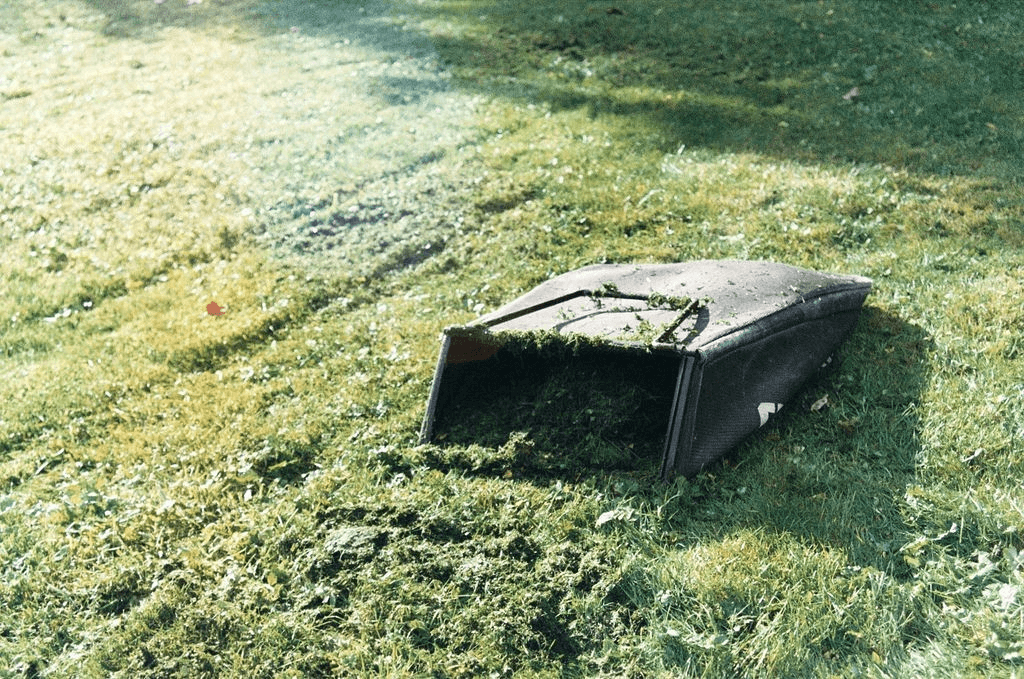
When it comes to fertilizers and their environmental impact, chemical mixtures kill soil earthworms and microbes that are necessary for natural turfgrass composting and aeration. You can save money and the planet by using compost or grass clippings on your lawn. The clippings won’t kill worms or harm the birds that eat them. They’re safe for children, pets and you’ll get a fresh supply every time you mow.
Brian Conner is a landscape designer and eco-conscious living expert. He prefers to use only native plants that will attract pollinators and other wildlife to backyards. He also specializes in using pest-repelling plants and flowers.


